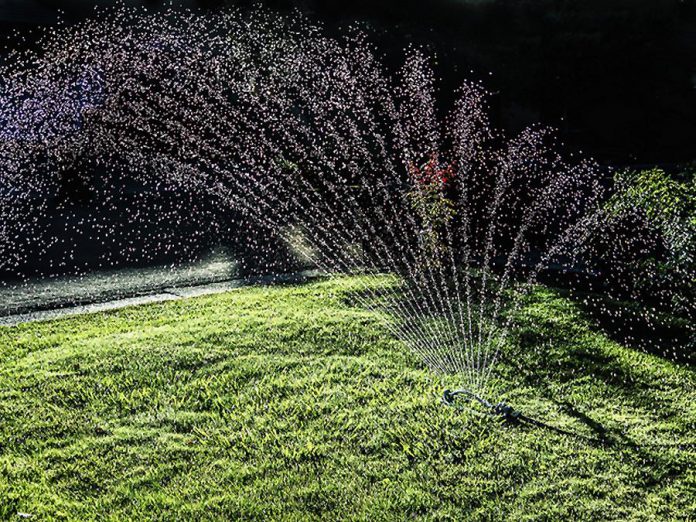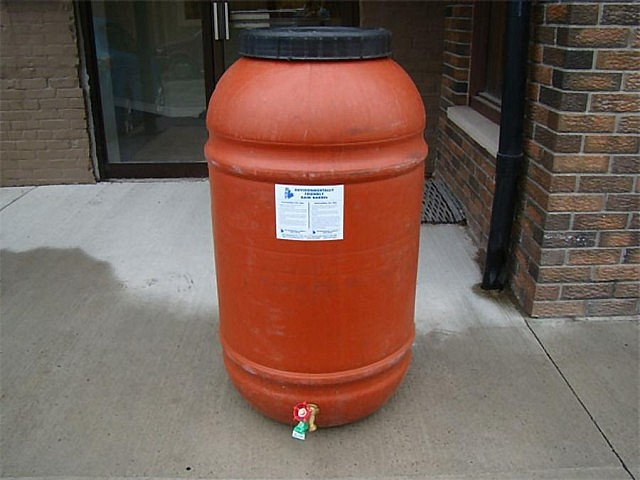
A lot of people are tired of the gloomy skies and nearly incessant rain we’ve been seeing this week. After a dry period in late May and the first few days of June, the rain is certainly welcome, but we’re ready for Mother Nature to turn off the taps.
While it’s wet now, dry conditions are sure to return as we move into the summer months, making now a great time to think about watering our lawns and gardens to ensure we’re doing it effectively.
During periods of dry, hot weather, seasoned gardeners recognize that preventing lawns from turning brown is a losing battle and let nature take its course — knowing that green turf will return once it gets a good, slow watering from the sky. Far from being dead, the grass is actually going dormant, turning attention to protecting its roots so it can hold out waiting for rain to return.
For those who do choose to water their lawns, knowing how and when to do it is key so the water is being used as efficiently as possible and not going to waste.
It may seem like a no-brainer, but watering with the sun beating down in the middle of the day is a losing battle. Much of the water never actually makes it to the root level. It quickly evaporates without soaking into the soil very far below the surface.
What water does reach the roots can cause problems for the lawn as a whole down the road. Healthy lawns require grass with deep root systems. Deep roots allow the lawn to be more drought tolerant, surviving dry spells and coming out relatively unscathed. Watering on hot, sunny days allows only for surface penetration of the water, encouraging a shallow root system to form, making the lawn more susceptible to future dry weather and pests.
When is the best time to water? Make a habit of getting up bright and early and do your watering between 7 and 9 a.m. The less intense the sun, the more effective your watering efforts will be. Watering at night might sound like a good solution to avoid the early morning, but is not a good idea. Night watering promotes the growth of fungi, which can damage your lawn.
Another suggestion is to invest in a rain gauge. Not only are these handy for tracking the precipitation that falls from the sky, but they also determine how much water your sprinklers are putting out. Most lawns only require about an inch of water per week. If it rains during the week, adjust your watering accordingly.

Storing water in rain barrels has been something that’s been done for generations, but has seen a bit of a rebirth in recent years as urban residents realize the many benefits of using rain water to keep lawns and gardens green.
Rain barrels and rain barrel stands are available from the GreenUP Store. Our barrels are made with durable metal spigots, an overflow hose, and are screened to prevent insects like mosquitoes from accessing the water to lay eggs. Peterborough Utilities customers who purchase rain barrels from the GreenUP Store are eligible for a $25 discount.
Knowing how and when to water and getting in the habit of using rain barrels and are good first steps so we all can start living water smart and having beautiful lawns and gardens.


























